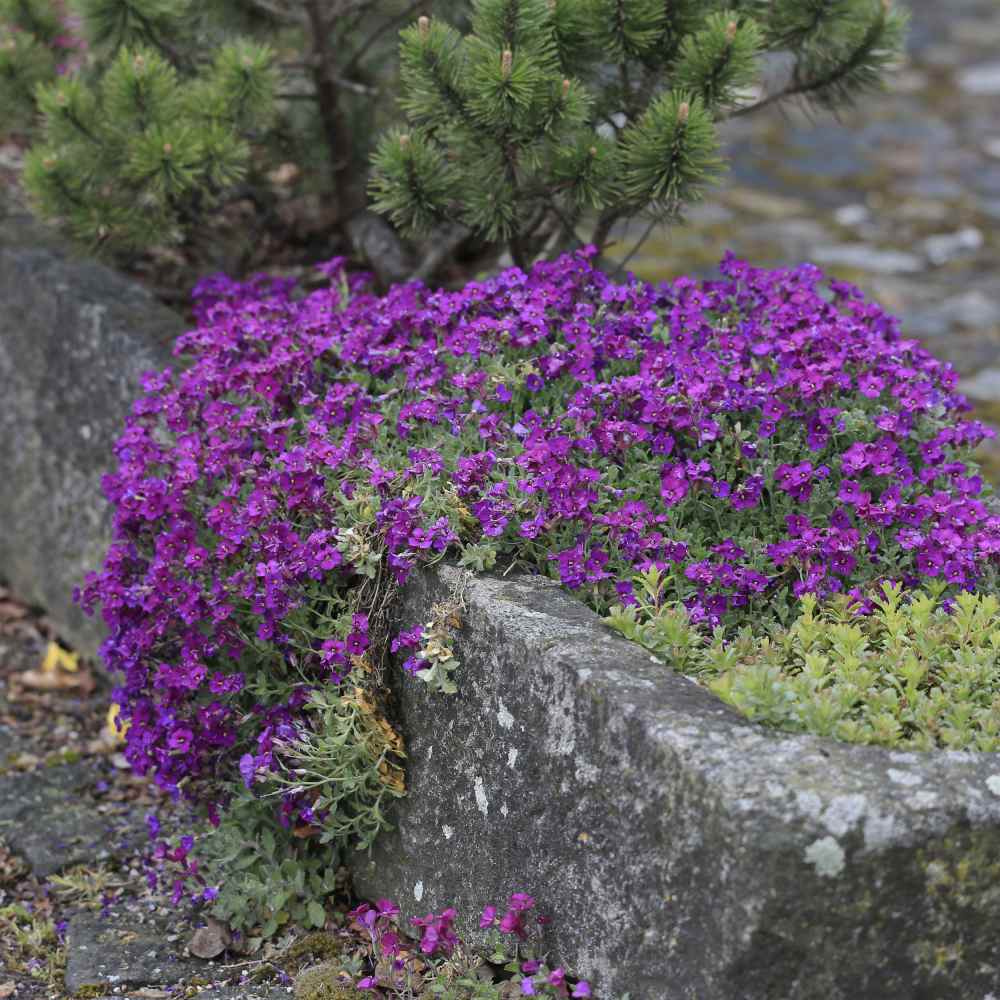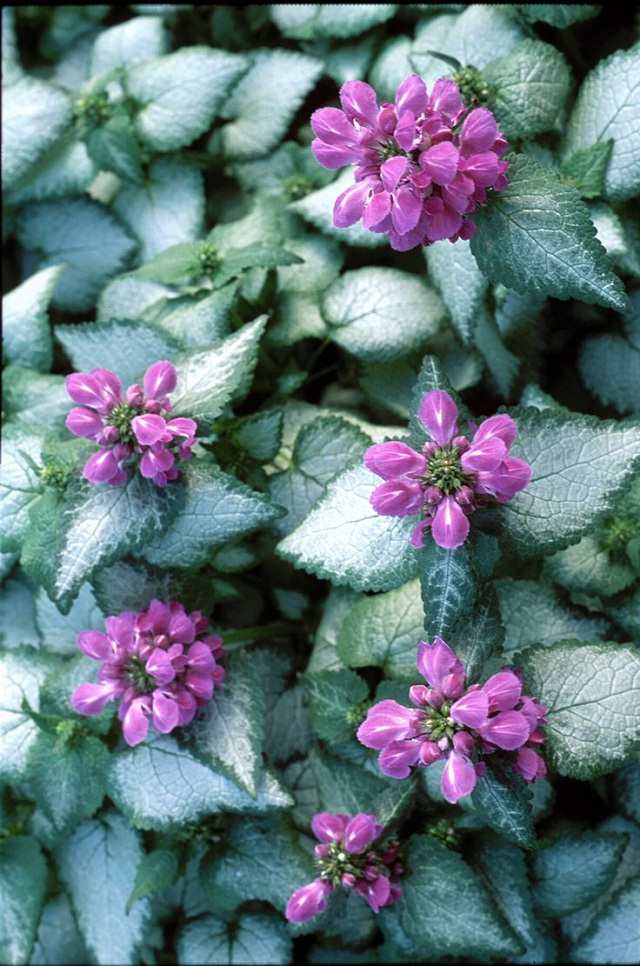


This is fine if you plan to relegate your ground cover to a well-delineated rock garden or container, but otherwise, know whether the cover you choose can be easily controlled.Īlso, be ready to have patience. Certain creeping, spreading plants spread incredibly fast and quickly grow out of control. If you want to replace your grassy lawn then, you’ll need to find a plant that doesn’t mind getting trampled on.īe equally aware that some ground covers can become invasive. Some ground cover plants, for instance, make a poor choice for high traffic areas. Don’t waste your hard-earned money by planting the wrong type of species for your climate or soil type. What works in one area of the garden may not be suitable for another. Cautionsīefore settling on a ground cover plant of choice, do your research. Herbs like mint or thyme are excellent ground cover options and provide food, color, medicine, and fragrance.

The downside is that you need to re-plant these each year, though some are prolific self-sowers (we’re looking at you, alyssum). They often feature brilliant blooms at some point during their lifespan. Useful for maintaining an attractive winter garden.Īnnual ground cover plants are perfect for the indecisive gardener or for those who don’t want to commit to a specific plant for too long. Perfect for a low-maintenance garden.Įvergreen plants provide cover all year round without the need for much maintenance. Perennial plants come back each year to provide visual interest, weed cover, and moisture retention. There are several types that you can turn depending on your needs. The best types of ground cover plants require little maintenance and aren’t invasive. Below, you’ll find some of our favorites and where they’ll thrive. The trick is to find the pick the perfect one for your space and needs. When you get down to it, ground cover plants are an ideal addition to any garden. Some have vibrant blossoms, while others offer dazzling greenery.ĭifferent types of ground covers can be used in areas where regular grass doesn’t thrive such as heavily shaded or extremely hot locations, or they can be used to prevent erosion on hillsides. They can vary between a few inches tall and up to a foot or more. They can be perennial, annual, evergreen, sun-loving, shade-loving and anything in between. So what is a ground cover plant, exactly? Basically, they’re plants that grow low and spread out along the ground. Some are even edible or have medicinal properties. Bonus: most ground covers don’t require much upkeep. If that weren’t enough, many varieties are attractive to pollinators, so they benefit your entire garden. Low-growing plants also enrich and help your soil to retain moisture. They also help you reduce maintenance by suppressing weeds and eliminating mowing when you use them to replace grass. Ground cover plants can add visual interest to the often-neglected areas of a garden, but don’t be fooled – they’re more than just a pretty face.


 0 kommentar(er)
0 kommentar(er)
